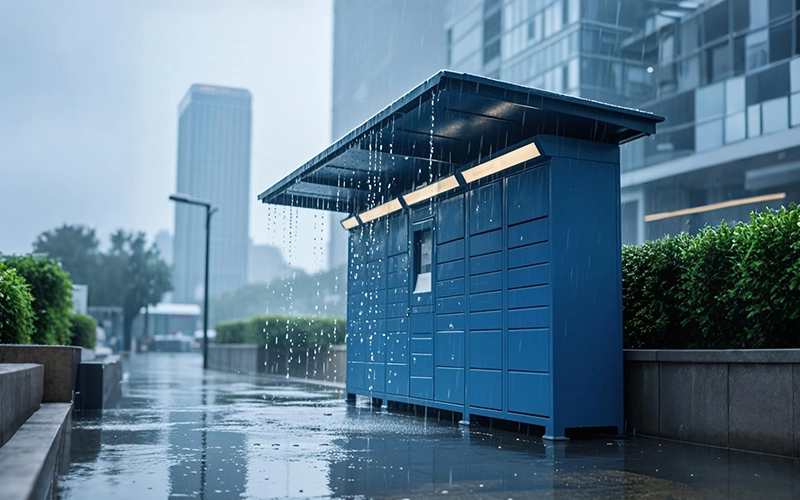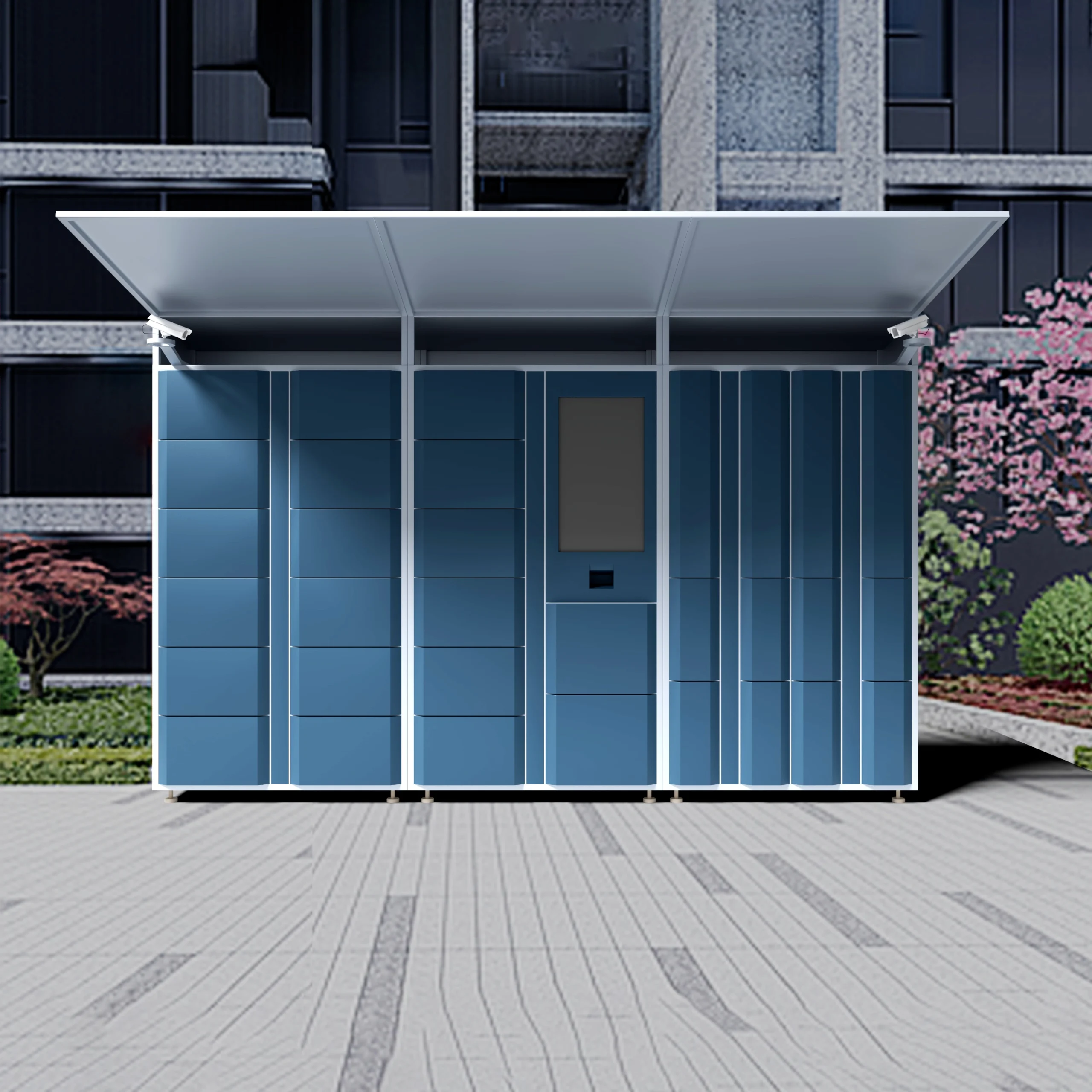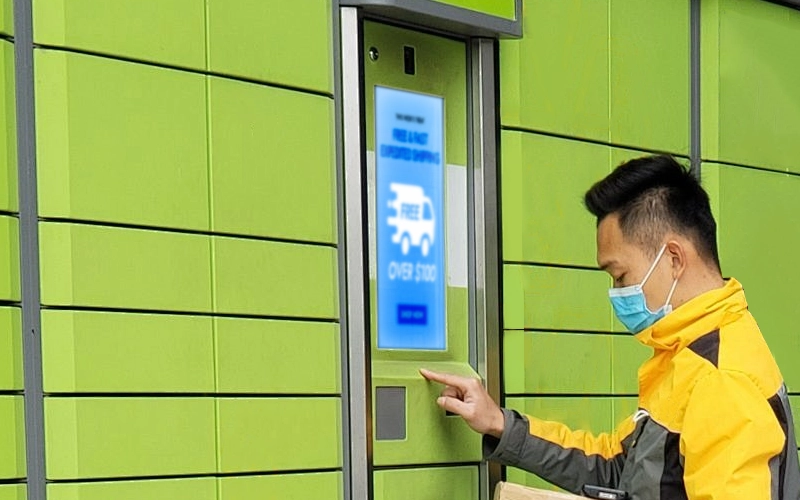In today’s fast-paced, technological-driven world, convenience and security are paramount, especially in the areas of storage and personal belongings. The advent of smartphone-controlled lockers has revolutionized how we access and secure our possessions, blending innovative technology with user-friendly convenience. This blog post delves deeply into the inner workings of smartphone-controlled lockers, exploring their functionality, components, benefits, and the technological advancements that make them a preferred choice for businesses and individuals alike.
The Concept of Smartphone-Controlled Lockers
Smartphone-controlled lockers are essentially electronic lockers that can be secured, unlocked, and monitored using a mobile application on a user’s smartphone. This system is designed to provide a seamless and efficient means of accessing stored items without the need for traditional keys or combination locks. The integration of Bluetooth, RFID, and cloud technology plays a significant role in the functionality and security of these lockers.
How They Work
1. Mobile Application
At the core of smartphone-controlled lockers is a dedicated mobile application. This app serves as the user interface, allowing individuals to manage their locker in a straightforward manner. Available on both iOS and Android platforms, these apps typically feature:
- User Account Creation: Users can create a secure account via the app, which helps in tracking locker usage and managing permissions.
- Lock/Unlock Functionality: With a simple tap, users can lock or unlock their assigned lockers remotely. This feature is particularly advantageous in crowded areas, such as gyms, schools, and airports, eliminating the hassle of fumbling for keys.
- Access History: Many apps provide users with a history log of access, enhancing accountability and tracking.
2. Technological Components
Smartphone-controlled lockers integrate various components that allow for effective operation:
- Electronic Locking Mechanism: The lockers are equipped with advanced electronic locks that can be engaged or disengaged electronically. This is often managed by a motorized mechanism that responds to signals from the mobile app.
- Bluetooth and Connectivity: Most systems employ Bluetooth technology, which enables the app to communicate with the locker within a limited range. Some lockers may use Wi-Fi or cellular connectivity, providing remote access over larger distances.
- Power Source: These lockers require a power source to function. They may be hardwired into an electrical supply or run on battery power. Battery-operated lockers often come with provisions for low-battery alerts.
3. Cloud Integration
For enhanced management, some smartphone-controlled lockers utilize cloud storage for data management. When a user performs an action through the app, such as locking or unlocking a locker, this information is sent to a cloud database. Advantages of cloud integration include:
- Remote Access: This technology allows users to access their lockers from virtually anywhere, provided they have an internet connection.
- Scalability: Businesses can manage multiple lockers simultaneously and allow different user permissions in real-time through cloud management.
Benefits of Smartphone-Controlled Lockers
The implementation of smartphone-controlled lockers presents several advantages:
1. Enhanced Security
Traditional lockers pose a risk of lost keys or forgotten combinations. With smartphone integration, users have a secure, unique digital key stored on their devices. Additionally, the ability to monitor access history improves accountability and reduces the likelihood of theft.
2. User Convenience
The convenience of unlocking a locker via a smartphone app is undeniable. Users can access their belongings without the inconvenience of carrying physical keys. This user-friendly approach caters to a tech-savvy generation that values speed and efficiency.
3. Contactless Access
In light of recent global health concerns, contactless access gained prominence. Smartphone-controlled lockers enable users to maintain social distancing while securing their items, which is particularly vital in shared environments like gyms or schools.
4. Multi-User Access
The flexibility of these systems allows for multi-user access. A user can assign temporary access to friends or family, making it ideal for shared storage situations, such as in offices or for sports teams.
Applications of Smartphone-Controlled Lockers
Smartphone-controlled lockers are increasingly deployed in various sectors, including:
1. Fitness and Recreation Centers
Gyms and recreational facilities utilize these lockers to offer members a modern and secure way to store personal belongings. With quick access and enhanced security, individuals can focus on their workouts without concern for their possessions.
2. Educational Institutions
Schools and universities benefit from the use of electronic lockers that streamline the management of student belongings. These systems can accommodate multiple users while keeping items secure between classes.
3. Transportation Hubs
Airports, train stations, and bus terminals are areas where temporary storage is essential. Smartphone-controlled lockers allow travelers to store baggage or personal items securely while they explore their surroundings.
4. Corporate Offices
Companies are adopting these lockers for employee use, particularly in shared workspace environments. The easy-to-use nature of smartphone-controlled lockers aids in maintaining an organized and efficient workplace.
The Future of Smartphone-Controlled Lockers
As we look ahead, the evolution of smartphone-controlled lockers will likely continue to expand and innovate. We can anticipate the integration of advanced technologies, such as biometric security systems (fingerprint or facial recognition), which could further enhance security measures. Additionally, as the Internet of Things (IoT) progresses, lockers could evolve to communicate with other smart devices, creating a more interconnected environment.
In conclusion, smartphone-controlled lockers represent a significant advance in personal and shared storage solutions. By marrying convenience with robust security features, they provide users with a modern and efficient way to secure their belongings. As technology continues to evolve, we can expect these lockers to become even more versatile, user-friendly, and secure, paving the way for a future where accessing personal items is as easy as opening an app.



